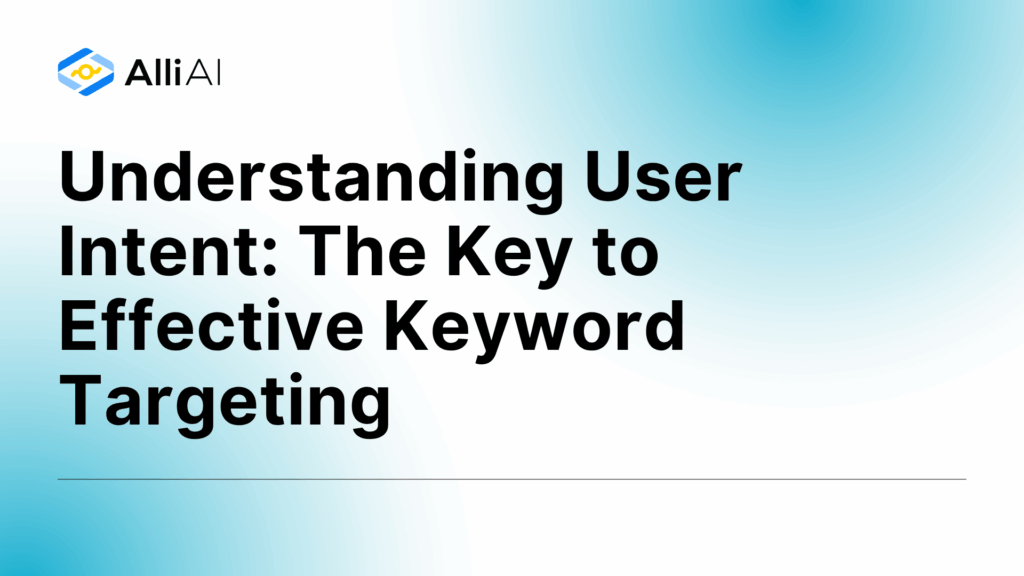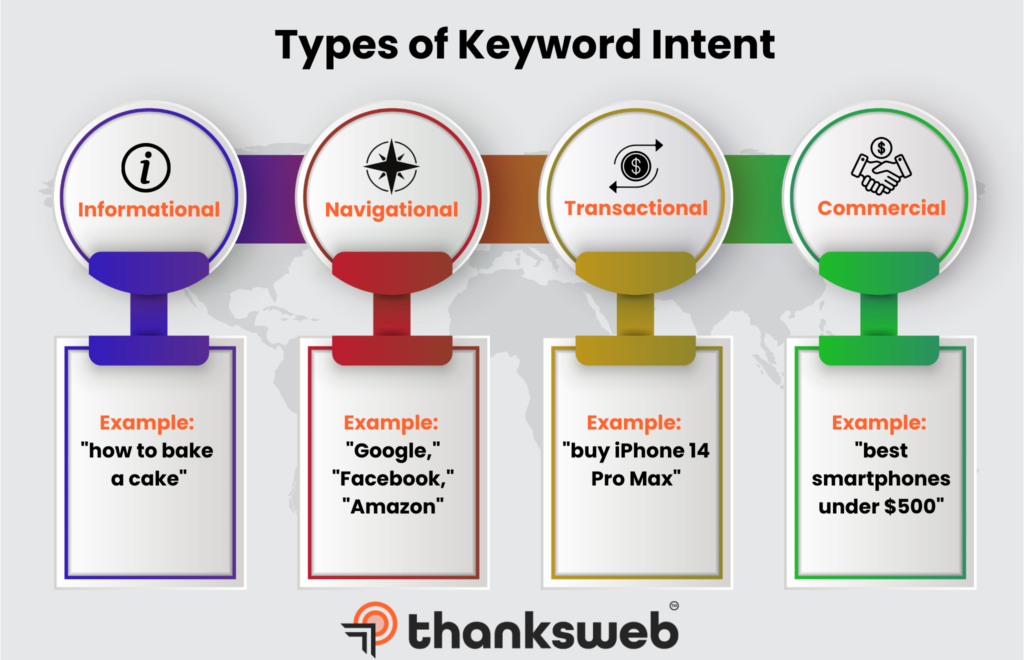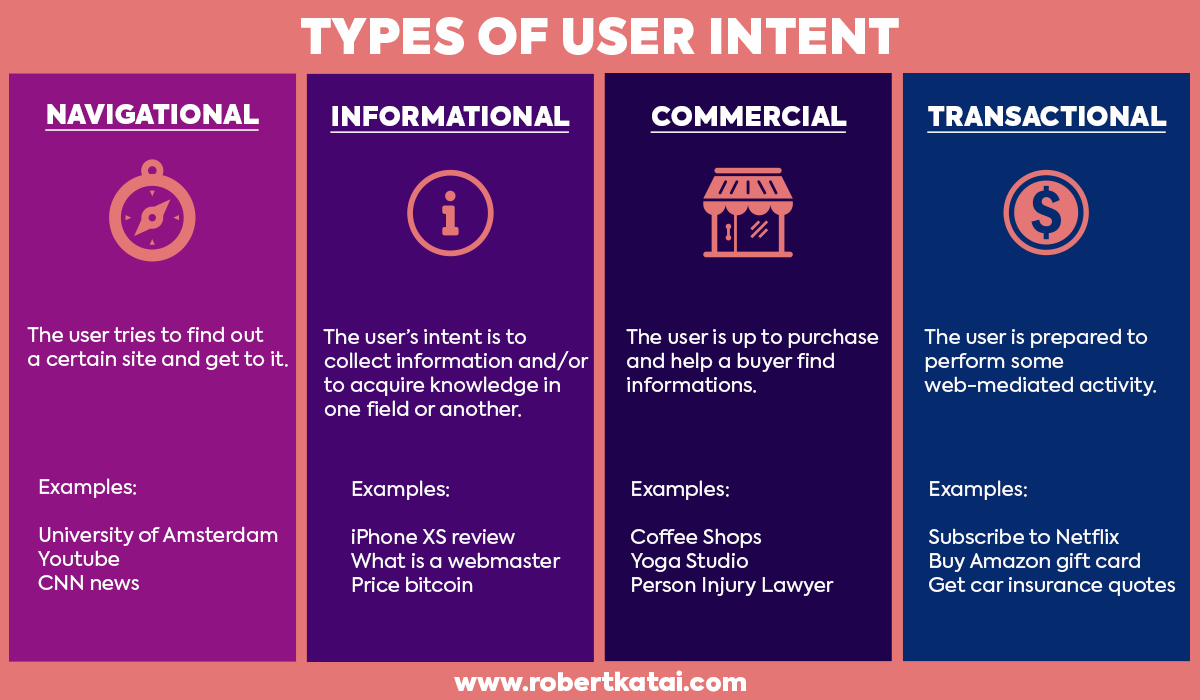Advanced Yahoo keyword targeting involves leveraging user intent segmentation and semantic keyword clusters to optimize ad and content performance by precisely matching user needs and search behaviors.
Yahoo DSP (Demand-Side Platform) supports keyword targeting primarily through broad match keywords and audience list targeting, with a shift away from direct search keyword targeting toward more advanced audience segmentation methods. This means advertisers can create highly tailored audiences based on recent search behavior and other signals, but must now rely on audience lists rather than raw keyword targeting.
User intent segmentation divides keywords into categories based on the underlying goal of the searcher, which is critical for effective targeting and content creation. The main intent types are:
- Informational: Users seek knowledge or answers (e.g., "how to improve website traffic").
- Navigational: Users look for a specific website or page (e.g., "[Company Name] pricing").
- Transactional: Users intend to make a purchase (e.g., "buy SEO tools").
- Commercial Investigation: Users compare products or services (e.g., "best SEO tools 2024").
Segmenting keywords by intent allows advertisers and SEO strategists to tailor messaging and landing pages to match user expectations, improving engagement and conversion rates.
Semantic keyword clustering goes beyond grouping keywords by similar words or phrases; it groups them by shared meaning and user intent. Unlike traditional clustering, which groups keywords by lexical similarity, semantic clustering groups keywords that address the same user needs or topics, even if the wording differs significantly. For example:
| Traditional Keyword Cluster | Semantic Keyword Cluster |
|---|---|
| "blue scarf," "buy blue scarf," "cheap blue scarf" | "how to style a winter scarf," "best scarves for cold weather," "are wool scarves better than cotton?" |
Semantic clusters help create content that covers a topic comprehensively, addressing different user intents and contexts, which aligns well with modern search engine algorithms and improves SEO performance.
In the context of Yahoo advertising and SEO:
- Yahoo DSP allows targeting based on audience segments derived from keyword searches and other behaviors, with options to specify recency and match types, but direct keyword targeting is deprecated in favor of audience list targeting.
- Advertisers can use semantic clusters to organize keywords and create content or ads that address multiple user intents, improving relevance and engagement.
- Incorporating intent segmentation into keyword strategy enables better alignment of ad copy and landing pages with user expectations, enhancing campaign effectiveness.
- Yahoo SEO best practices include using relevant keywords in titles, meta tags, and alt text, avoiding keyword stuffing, and creating unique, valuable content that matches user intent.
Thus, advanced Yahoo keyword targeting today involves combining user intent segmentation with semantic keyword clustering to build audience segments and content strategies that resonate with users’ goals, leveraging Yahoo DSP’s audience targeting capabilities rather than relying solely on keyword-level targeting. This approach maximizes ad relevance, improves user experience, and aligns with evolving Yahoo search and advertising algorithms.





